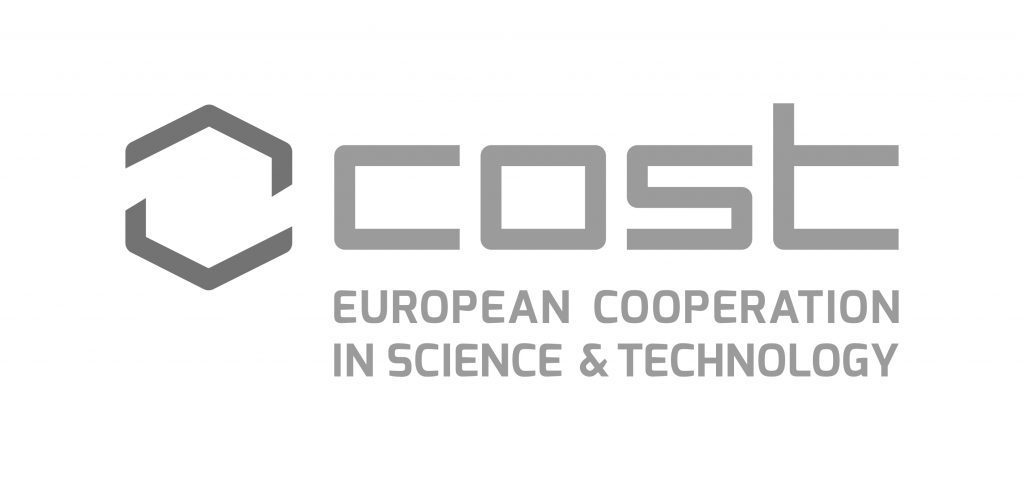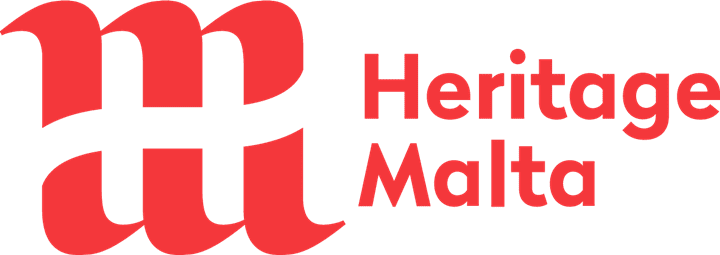
Middle East Technical University (TR) - ITC

CNR - Institute for Studies on the Mediterranean (IT)
It defines the methodological framework for the UBH classification, establishes general criteria for selecting sites for conservation and/or reuse, identifies case studies, and structures, with other WGs’ contribution, the template for the assessment of the case studies. At the beginning, it will manage a questionnaire for the partners, for a preliminary survey on competencies and local differences. The survey will support the digital platform design as repository of knowledge, shared experiences and dissemination results. Every year, the WG will develop a knowledge base for each selected case study, by collecting historical data related to UBH, as well as major economic and social indicators to allow longitudinal analyses to be undertaken over time. Small teams, with at least one Early Career Investigator each, will be organised on annual base, for assessing on-site case studies, interacting with local stakeholders in a living lab approach, and sharing information on success stories and failures during Short Term Scientific Missions
MEMBERS
WG1 meeting was leaded in the morning by Roberta Varriale, and in the afternoon by Sorin Hermon. They discussed about how to prepare a survey on U4V participant experience (on SurveyMonkey), to develop “UBH Site” cards, and to prepare a glossary for Underground Built Heritage. In particular, the leaders’ presentation pointed out on the UBH (functional) classification. Finally, the WG discussed about UBH projects and case studies, and how to provide support to the four selected case studies. Results are shown in the WG1 presentation.
Reviewing the present contributions received by our workgroup members, specifically those who presented at the Naples workshop, leads towards a highly tentative framework for classifying, analysing and contributing to an enhanced use of underground built spaces and environments. First, a general definition is afforded by Roberta Varriale, which advance the following: “historical artefacts realized underground, which have become significant elements of local material and immaterial cultural heritage”. First, structures which today are underground and function as subterranean space, might not have been such when built, the immediate example is the case of Pompeii. A second point of course concerns the “urban” requirement: numerous heritage sites might be either suburban or even rural and yet exercise sufficient social force to attract both visitors’ and local populations’ attention and veneration. In particular, religious sites include a wide variety of underground structures : temples, shrines, cathedral crypts. In this regard, Nasso Chrysochou has presented an exceptionally well-document register of Cypriot hermitages. These hermitages involve either initial carved dwelling spaces or reused pagan tombs. Similarly, Ivor Janković has presented Saint Romuald’s cave in Istria, Croatia which aside from intrinsic attraction as a site for pious devotion also raises a number of further preservation and excavatory issues. These various uses lead to our second major concern : how to take advantage of sites for community benefit enhancement. How can underground spaces be used to raise locale understanding of the community’s heritage while also creating a potential for enhanced public well-being that need not be simply “tourist attractiveness” and “visitor draws”? Preservation of sites requires changing their status. On Cyprus, many sites have not been classified as historical monuments and are thus subject to the whole panoply of deteriorative phenomena. Above ground construction nearly caused the underground site to collapse. Moreover, valuable frescoes have been damaged due to weather exposure. Seismicity and encroaching development pose serious threats to the hermitages. Community utilization of sites has to be balanced with conservation issues. Also, the question of how to best link community consciousness to those sites needs to be addressed. Renata Salvarani has discussed ways in which various sites have been re-conceptualized so they might be incorporated into the modus vivendi of later ages. Finally, we need to develop tools for listing references to UBH to create a knowledge base. Pinar Karagoz, an expert in data mining, provided our group with a conceptual overview as to how data mining methods might contribute to our group’s goal to build a directory of underground sites and develop a major documentary data base for our project.
Download the full summary (reported by Preston Perluss)
WG 1 Cost Naples summary Under Built Heritage
The COST Action meeting in Murcia has provided a useful medium to review WG1 tasks. WG1 basically focuses on defining a framework to determine the underlying properties for a UBH, which will enable the researchers to evaluate and classify them. As the initial activity towards this, a survey has been conducted in the first year of the project, to determine competencies within the action and local differences for approaches. In Murcia meeting, the members elaborated on the UBH classification and the basic properties (i.e., indicators) of UBH. These properties can be very basic tangible features such as the location (coordinates), size and geographical environment, as well as intangible features such as its historical and current use, ownership management and the role in the traditions. Therefore as the next action item, WG1 aims to determine the set of such indicators to describe UBH in general and more specifically, the case studies of CA18110. Another resource that is helpful to describe and evaluate UHB is the ontology models defined for related concepts such as Cultural Heritage. An ontology is a way of representing the properties of a given area through a set of concepts and relationships among the concepts. To this aim, in the Murica meeting, WG1 had a closer look into Heracles Cultural Heritage ontology (Hellmund et. al., 2018). Some of the concepts given in this ontology can be borrowed to define UBH. Furthemore, WG1 can extend its studies to further define relatioships between UBH concepts towards a UBH oriented ontology.
[1] Hellmund, T.; Hertweck, P.; Hilbring, D.; Mossgraber, J.; Alexandrakis, G.; Pouli, P.; Siatou, A.; Padeletti, G. Introducing the HERACLES Ontology—Semantics for Cultural Heritage Management. Heritage 2018, 1, 377-391.
Summary of the WG1 Results in Murcia –> CA18110-Murcia -WG1-Results
Action Chair: Giuseppe Pace
Action Vice Chair: Susana Martinez-Rodriguez
Science Communication Manager: Tony Cassar
Grant Holder Manager: Patricia Sclafani
Webmaster: Olga Lo Presti


Webdesign by Digitisation Department at
